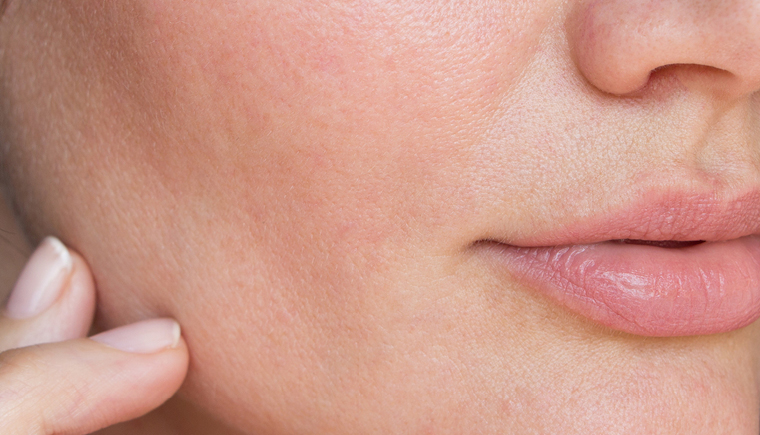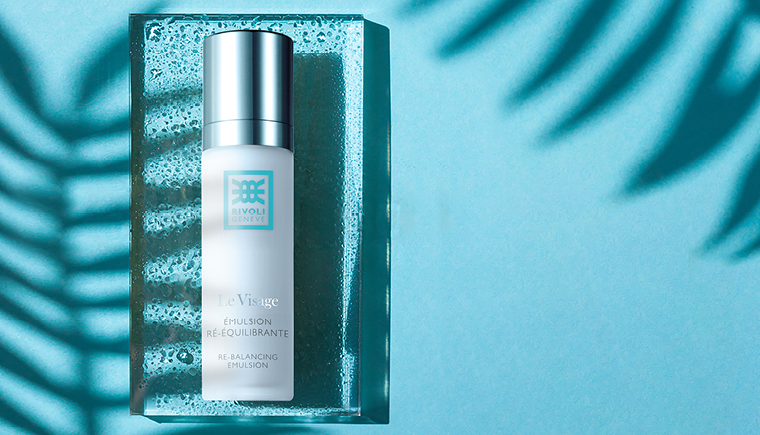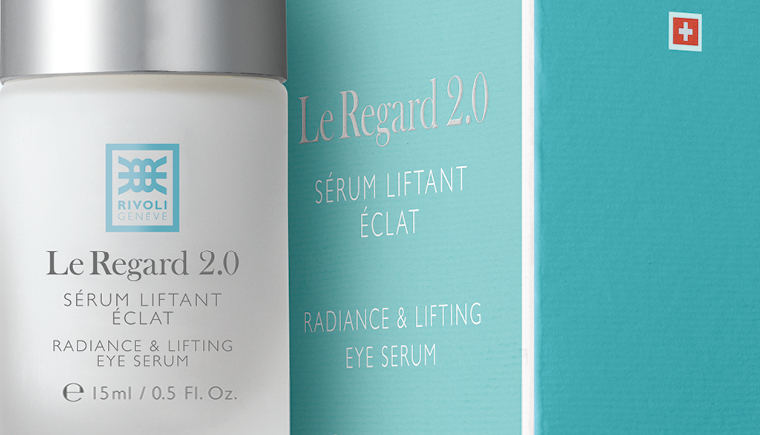
Get to Know Your Microbiota
THE ESSENTIAL ELEMENTS FOR UNDERSTANDING YOUR SKIN.
Every day, we are surrounded by single-cell organisms capable of cloning themselves by the thousands in a few days and colonizing vast surfaces while…
Bacteria, science tells us, first emerged on Earth at least 3.85 billion years ago, and its role is vital to maintaining the balance between ourselves and our environment. But it was only recently, in the 1990s ( J.J. Leyden, K.J. McGinley, K.M.Nordstrom, et al. Skin microflora, 1987) that we got to know the bacteria living on the skin’s surface. Those bacteria are called “skin microbiota” or “cutaneous microbiota.”
What is Cutaneous Microbiota?
The skin is a complex system and our body’s largest organ, but do you really know its primary function? The answer is deceptively simple: it’s here to protect us. The skin forms an important barrier between your body and the world around you. This crucial function is fulfilled by the epidermis, the upper part of the skin. On the top of the epidermis, our skin is home to millions of bacteria, fungi and viruses that compose the skin microbiota. Similar to the one our gut, the skin microbiota plays an essential role in protecting the body against invading pathogens, in fine-tuning our immune system and assisting in the breakdown of natural products. (Scharschmidt, T. C. & Fischbach, M. A. What lives on our skin: ecology, genomics and therapeutic opportunities of the skin microbiome. Drug Discov. Today Dis. Mech. 10, e83–e89 2013).
Everyone’s microbiota is unique: it is acquired at birth and is as personal to you as your DNA. Invisible to the naked eye, cutaneous microbiota is colonized by “good” bacteria shielding the body against the possible dangers of unwelcome “bad” ones ( pathogens). Good bacteria are the skin’s bodyguards. Additionally, they also communicate with cells in the body to warn of invasion those pathogens, so that out bodies can activate their natural defenses.
Bacteria may be:
- sensitive: they might be perturbed by certain cosmetic products (those containing harsh ingredients for the skin).
- gourmand : bacteria loves sugar and the lipids naturally contained in sebum.
- possessive: they produce acidity (lactic acid) in order to ward off other microorganisims that might want to colonize the skin, since would-be invaders prefer a less acid environment!
CUTANEOUS MICROBIOTA: A DELICATE BALANCING ACT
While the cutaneous microbiota is highly resilient, it is also fragile. Lifestyle, diet, the surrounding environment and even genetics all contribute to preserving the balance of skin microbiota. External factors such as pollution, stress, inadequate hygiene, overbathing, aggressive skincare treatments and over-exposure to the sun or cold can lead to imbalance and dehydration, ultimately compromising the skin’s natural defenses.
The first perceptible effects of compromised skin microbiota very often include increased sensitivity to external factors and a deregulated equilibrium that makes skin more subject to inflammatory reactions (swelling, itching, scaling) and redness.
CULTIVATING THE HARMONY FOR CUTANEOUS MICROBIOTA
Ensuring an optimal balance for your skin’s microbiota by promoting the skin’s bacterial diversity is essential to optimal maintenance of the skin’s barrier function. It can be very simple and is similar to taking probiotics or eating fermented food to balance intestinal flora.
First, it is important to ensure that your diet is rich in omegas by integrating foods as as nuts, seeds and fatty cold-water fish. Then, when it comes to skincare and hygiene, it is crucial to avoid harsh ingredients that could damage the good bacteria present on the skin’s surface (for example preservatives, chemical emulsifiers or aggressive surfactants ). It is also recommended to avoid very hot water when washing your body or cleansing your face, so as not to disrupt the cutaneous microbiota ecosystem.
When choosing the right skincare, it’s important to ensure that it contains specific active ingredients that will :
preserve the skin microbiota from external aggressions,
maintain and restore the functional cutaneous barrier.
RIVOLI AND CUTANEOUS MICROBIOTA
At Rivoli, our philosophy has always been focused on maintaining the skin’s equilibrium as well as enhancing its natural protective and regenerative mechanisms.
Whenever possible, we have chosen active ingredients that protect, restore the cutaneous barrier function, and reinforce the skin’s ability to shield itself against everyday external aggressions, both immediately and over time. It is by advancing alongside growing interest in the scientific community that skin microbiota has become a priority in product development at Rivoli.
For more than four years, Rivoli has offered gentle formulas that promote optimum protection against aggressions that can negatively affect the skin’s integrity and its microbial community. Our “microbiota- friendly” formulas are free of harsh ingredients that could compromise the skin’s ecosystem, in order to preserve the equilibrium of cutaneous microbiota.
While this field still remains an uncharted territory, we are committed to doing our utmost to formulate skin care products that protect and preserve the skin microbiota.




 No products in the basket.
No products in the basket. 